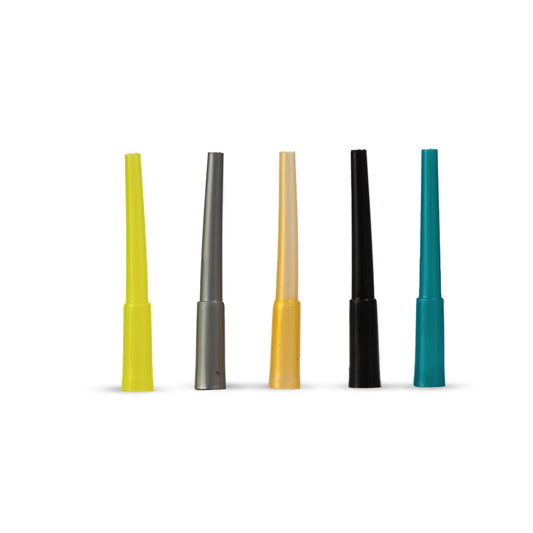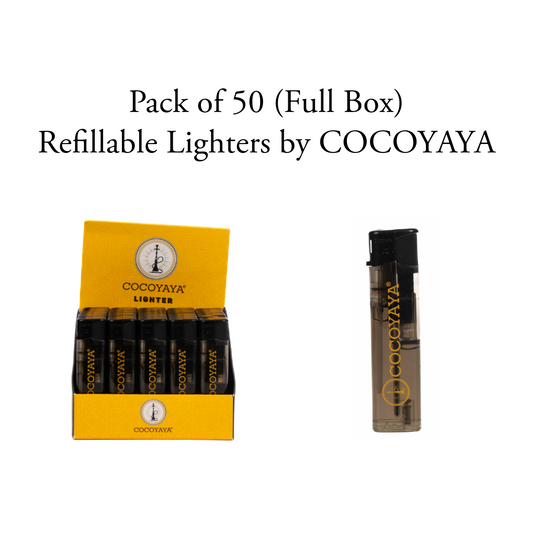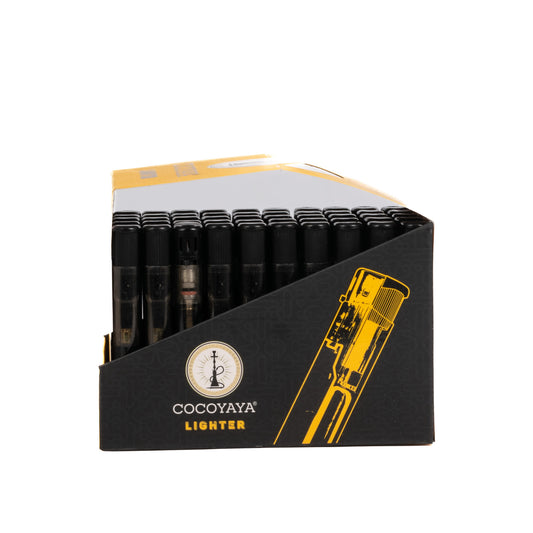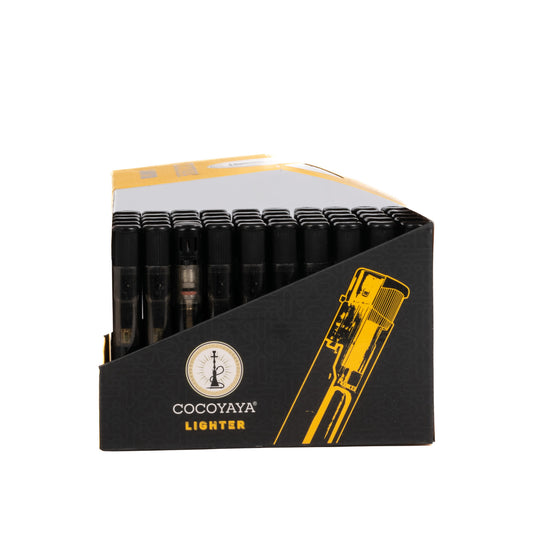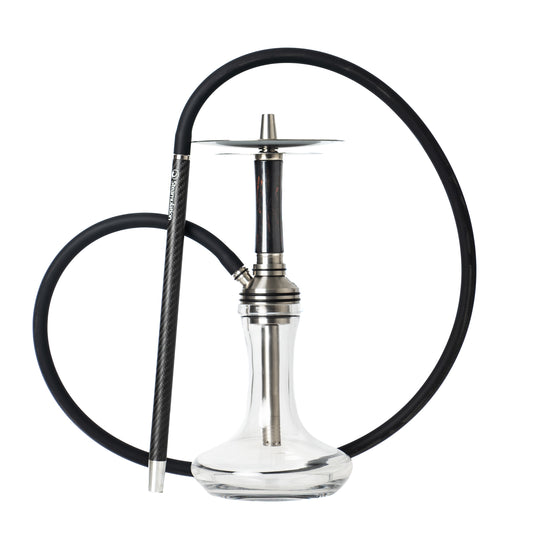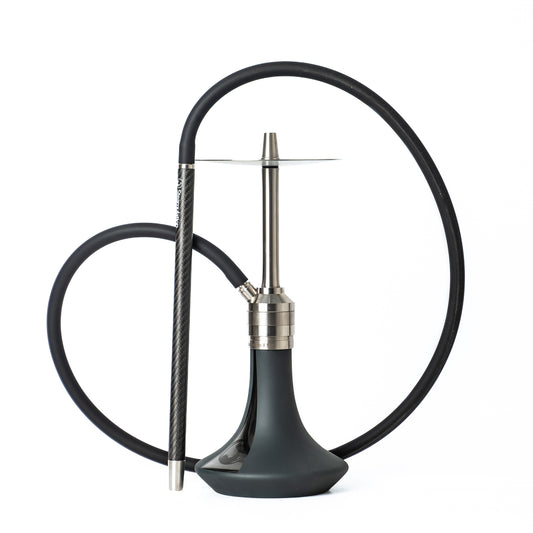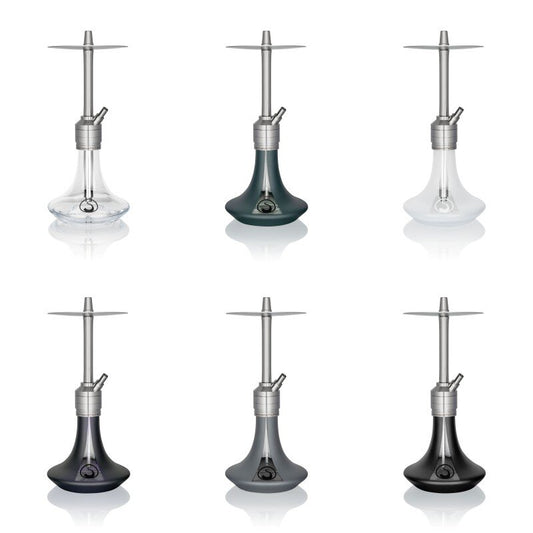Hookah Tax in Top 20 Countries of the World: A Comprehensive Look (2023)
Share
Hookah products are becoming increasingly popular around the world, and governments are responding by implementing taxes on their sale. These taxes are intended to reduce consumption of hookah products, which can be harmful to health.
The following table shows the current taxes applied on selling hookah products in the top 20 countries of the world by population, as well as the estimated amount of tax revenue collected from hookah sales in each country in 2022:
| Country | Tax | Tax revenue (2022) |
|---|---|---|
| China | 20% | $1.2 billion |
| India | 28% | $560 million |
| United States | 20% | $500 million |
| Indonesia | 10% | $200 million |
| Pakistan | 15% | $150 million |
| Brazil | 20% | $100 million |
| Nigeria | 10% | $50 million |
| Bangladesh | 15% | $40 million |
| Russia | 20% | $30 million |
| Mexico | 15% | $25 million |
| Japan | 20% | $20 million |
| Philippines | 10% | $15 million |
| Egypt | 15% | $10 million |
| Vietnam | 20% | $5 million |
| Germany | 15% | $4 million |
| Ethiopia | 20% | $3 million |
| Iran | 15% | $2 million |
| Turkey | 20% | $2 million |
| France | 10% | $1 million |
| United Kingdom | 15% | $1 million |
It is important to note that these taxes may vary depending on the specific type of hookah product being sold. For example, some countries may have higher taxes on imported hookah products. Additionally, some countries may have local taxes that are applied in addition to the national tax.
The amount of tax collected from hookah sales varies from country to country. For example, in China, hookah sales are estimated to generate over $1 billion in tax revenue each year. In India, hookah sales are estimated to generate around $560 million in tax revenue each year.
The taxes collected from hookah sales are often used to fund public health programs or to reduce the national debt. However, some critics argue that these taxes are unfair because they disproportionately burden smokers.
Conclusion
Hookah taxes are a complex issue with a variety of potential impacts. It is important to weigh the potential benefits of hookah taxes, such as reducing consumption of hookah products and generating tax revenue, against the potential drawbacks, such as unfair burdening smokers.
Additional Considerations
In addition to the factors discussed above, there are a few other things to consider when evaluating the impact of hookah taxes.
- The effectiveness of hookah taxes in reducing consumption: There is some evidence to suggest that hookah taxes can be effective in reducing consumption of hookah products. For example, a study in the United States found that a 10% increase in the tax on hookah products led to a 5% decrease in consumption. However, more research is needed to determine the long-term effectiveness of hookah taxes in reducing consumption.
- The impact of hookah taxes on low-income smokers: Some critics argue that hookah taxes disproportionately burden low-income smokers. This is because low-income smokers are more likely to smoke hookah products than high-income smokers. Additionally, low-income smokers are more likely to be price-sensitive. As a result, hookah taxes can make it more difficult for low-income smokers to afford hookah products.
- The potential for smuggling: Hookah taxes can create incentives for smuggling hookah products into countries with high taxes. This can undermine the effectiveness of hookah taxes in reducing consumption.
Overall, hookah taxes are a complex issue with a variety of potential impacts. It is important to weigh the potential benefits of hookah taxes against the potential drawbacks before implementing them.














